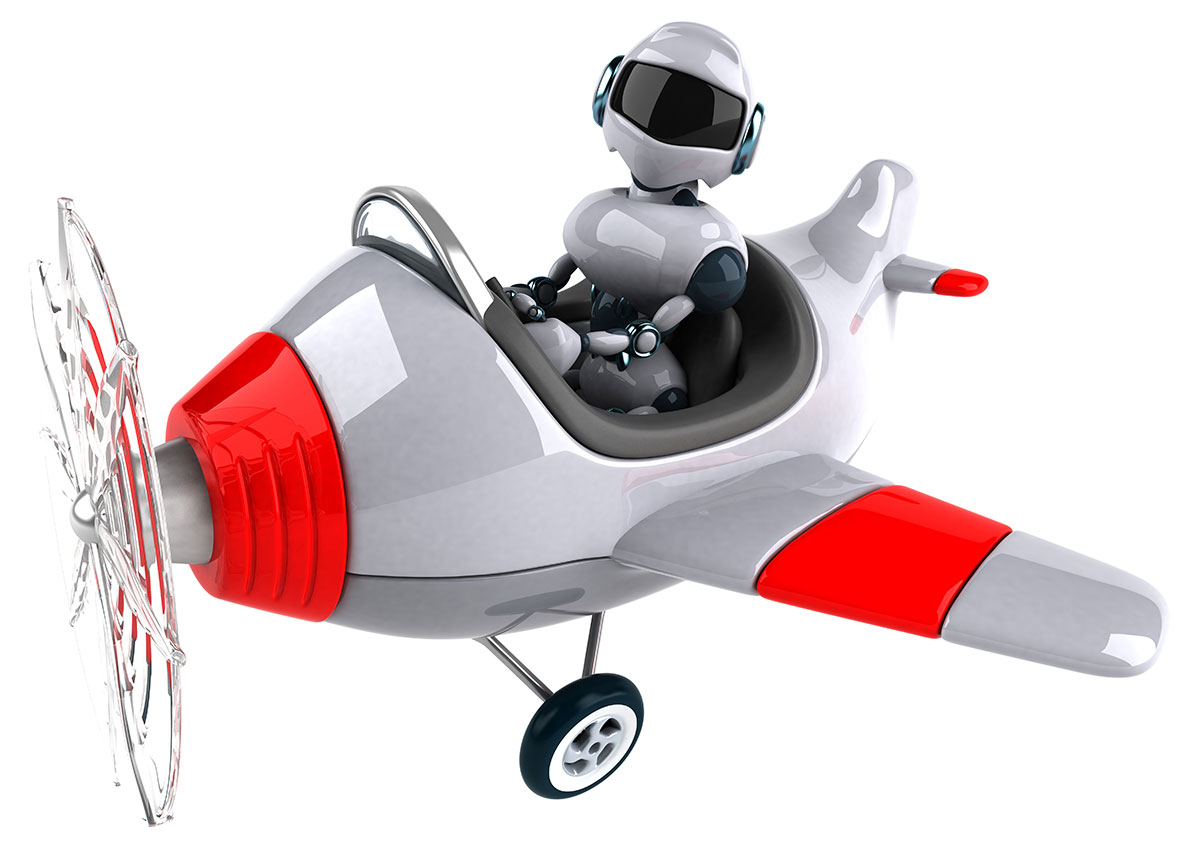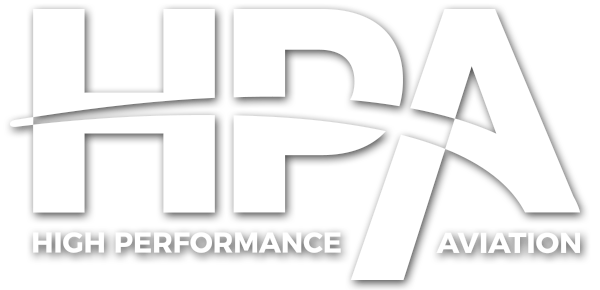High Performance Aviation
Automation and You!
Strategies for Effective Automation Management
John Hollingshead
Today’s aircraft are seeing a higher level of technical sophistication. When we talk about “Technically Advanced Aircraft,” most people think of a brand new Cirrus or Cessna TTx, but the fact of the matter is, high-tech retrofits of older aircraft are becoming increasingly common. A study conducted by NTSB in 2010 (NTSB SS-0110) showed some interesting statistics. The study compared accident rates in aircraft manufactured between 2002 and 2006, broken down by glass cockpit vs steam gauge. The results were surprising. Percentage of fatal accidents in glass cockpit aircraft was twice that of steam gauge. It would seem that glass cockpit aircraft have a higher safety potential, therefore it is a little surprising to see a higher fatality rate. Why do we see this increased fatality rate? Training. Making airplanes safer is great, but it doesn’t do much good unless we make the PILOTS safer as well.
Automation Management is a very important aspect of Single Pilot Resource Management. FAA buzzwords aside, automation management is a subject that requires a great deal of consideration in present-day flying. Automation has some excellent benefits. Good automation management frees us up to manage the “Big Picture”, allowing us to more efficiently manage workload given last minute ATC reroutes, digging out charts and publications, or even executing abnormal or emergency procedures. Potential drawbacks of automation, however, include an increased likelihood to lose situational awareness due to a higher probability of being “heads down” for prolonged periods, the distraction of highly complex systems, or becoming overly reliant on automation. Also, automation over-use can cause a degradation of hand flying skills.
When considering the psychology of automation, it is important to take note of a few details of human nature. We tend to skip verifying modes of operation and data that we have input into our systems. We tend to assume that equipment will work as expected, and we tend to assume that we do things correctly. This type of mentality seems to be more common in the portions of society that are attracted to aviation.
Automation Dependency is a condition whereby we either perceive automation as a “crutch,” or actually use automation as a “crutch”. Perceiving it as a crutch happens when we have a conscious concern that we are overly dependent upon the automation, and circumstances that necessitate hand flying inject stress and reduce our confidence in our hand flying skills to the point that we exhibit poor hand flying. The progression of this condition leads to actual reduction of hand flying skills to the extent where we are unable to competently pilot the aircraft under manual control.
The polar opposite of Automation Dependency is Automation Avoidance. This is typically a condition where a pilot’s perceived lack of understanding of the automation systems available in his or her aircraft causes them to avoid using them, thereby passing up the numerous benefits of automation that are available to them.
In considering strategies for effective use of automation, we can establish some foundational concepts to assist us in tackling the subject. Understanding your equipment is paramount. Do you know if your autopilot is rate based or attitude based? Is your GPS IFR Certified? How about IFR Certified but not Approach Certified? We have developed a checklist of core competencies that lead to effective automation management. These individual skills provide the building blocks of good automation management. Once core competencies are attained, scenario based training can be used to provide practice and to allow a pilot to use the core competencies in concert under conditions that simulate real-world flying.
Even with good training from a competent instructor, these skills will degrade if not used. We can practice these skills on our own or with a safety pilot. Even requesting an approach instead of “taking the visual” from time to time will allow us to use our automation skills.
Another consideration that enhances flight safety in general is to always take advantage of available resources. On numerous occasions I have had students “hit the wrong button” and find that the flight plan is gone, or incorrect. An option that is always available is to just let ATC know, and request a vector until you can get things organized again. ATC would much rather give you a vector than have you deviate. Why don’t pilots like to do this? Because ATC may laugh at them. Maybe it’s the inner “class clown” in me, but I figure making ATC laugh is a lot better than making them mad…
With proper training and frequent practice, we will find that our ability to use automation to our advantage is greatly increased, which allows us to do things such as immediately discern what mode of operation our system is operating in, identify when our use of automation is increasing our task load versus decreasing it, and reduce pilot fatigue.
Have Fun and Fly Safe!
Get our free download here: Automation Core Competency Checklist
Get our presentation here: Automation and You – Presentation
Would you like more information?
Send us a message below.


